Russia built a multi-layered defense system along the front line in Ukraine, forcing Kiev forces to find ways to penetrate when counterattacking.
While Ukrainian soldiers have spent months training with Western weapons in preparation for a counteroffensive, Russian forces have focused on building defenses to stop them.
Satellite images show that the Russian army has built a complex network of obstacles including trenches, fortifications, "dragon teeth" defense lines to prevent tanks and minefields across southern Ukraine, where Kiev is focusing its forces for a counterattack.
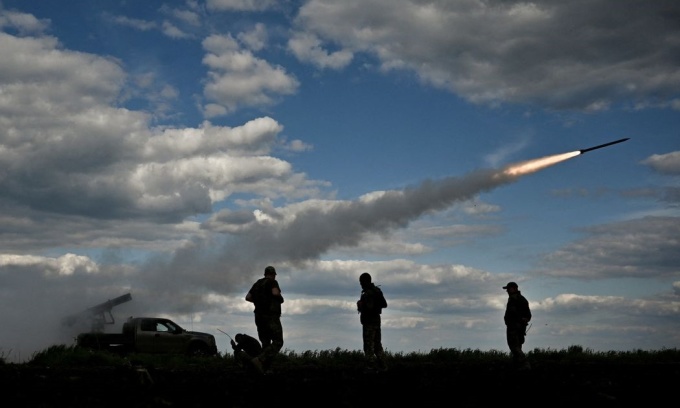
Ukrainian soldiers open fire on Russian military positions in the Zaporizhzhia region. Photo: Reuters
To successfully counterattack, Ukraine must find a way to break through many layers of fortifications that Russia has painstakingly built and reinforced. The defense lines that Russia has established are mainly located in the Zaporizhzhia and Kherson regions in the south of the country.
In May, US officials believed Ukrainian troops could advance far enough south to cut off the land corridor linking Russia to the Crimean peninsula, which Moscow annexed in 2014.
However, the collapse of the Kakhovka Dam on the Dnieper River has made this plan "impossible". The Ukrainian army is now unable to cross the Dnieper River and the vast flooded areas in the direction of Kherson to attack the Russian defenses. The muddy ground caused by the floodwaters also prevents them from using heavy weapons such as tanks for at least a month.
Last fall, Ukraine launched a surprise counteroffensive that pushed back Russian forces in the northeast. At the time, they were successful partly because Russia had not yet built a solid defense line and partly because Ukraine outnumbered its enemy on the Kharkov front, since Russia had sent most of its elite forces south.
Since then, Russia has mobilized more than 300,000 reservists and deployed them to Ukraine. Although these soldiers have little combat experience, Moscow hopes their large numbers can make a decisive difference.
"They're not the best trained and equipped army, but the important thing is that they're there," commented Scott Boston, a defense analyst at RAND Corp, a global research organization in California, USA.
While the Russian infantry may lack specialized combat skills, their engineering corps does not.
The barriers that the Russians created included numerous trenches dug in a zigzag pattern, from which defenders could fire at attackers from multiple angles. They were also built in layers, so that if the first line of defense was lost, soldiers could retreat to the second line to continue fighting.
The bunkers were built with predetermined targets in mind, so machine gunners didn't have to worry about calculating their firing elements, while the attackers had to quickly maneuver and aim.
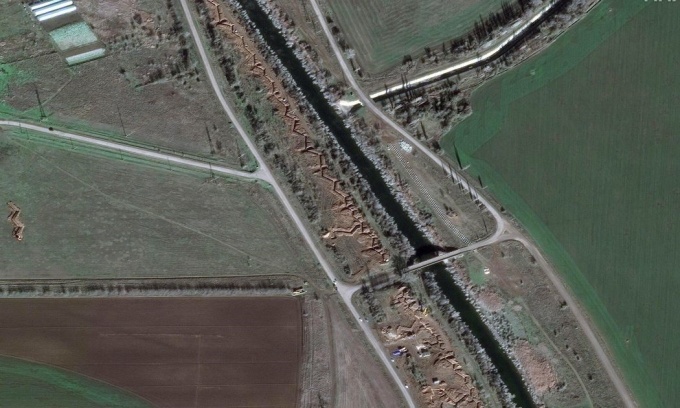
Satellite imagery from earlier this year shows Russia's fortifications and "dragon teeth" in Crimea. Photo: Maxar Technology
“These allow a less capable force to do better than it could and make it more difficult to break through the line,” Fabian stressed.
Ukraine is targeting Russia’s rear, using long-range weapons supplied by the West to attack fuel depots and command centers. Kiev used similar tactics last fall to cut off supplies to Russian troops in the southern city of Kherson, forcing Moscow to retreat in November.
Gen. Ben Hodges, former commander of US forces in Europe, said targeting logistics lines, depriving enemy armies of basic supplies, is one way Ukraine can use to reduce Russia's manpower advantage.
"Obstacles are only effective if they are supported by firepower," he said.
According to Hodges, Ukraine would not have to penetrate the Russian defenses on a broad front, but could focus on a few weak spots. “They would need to penetrate two or three areas. I believe they would have overwhelming strength in certain areas,” he said. “But they would suffer a lot of damage and it would be a very challenging task.”
To overcome the Russian obstacle system and trenches, the Ukrainian army will have to use specialized engineering equipment such as armored bulldozers or bridge-building vehicles that can quickly maneuver on the battlefield.
Bulldozers or engineers can quickly clear or destroy the “dragon’s teeth” defenses. Deactivating minefields takes longer and is more complicated, even with Ukraine receiving specialized mine-clearing vehicles from the West.
General Ivan Popov, commander of the 58th Army of the Russian Southern Military District, said that Ukraine's elite 47th Mechanized Brigade launched four attacks on the Russian defense line in Zaporizhzhia on June 8, but were stopped by dense minefields.
A defense system like the one Russia has created does not require dense deployment of personnel everywhere. When one defense line is in danger of being overrun, Russia can mobilize troops and firepower from elsewhere to "plug the gap" and regain the battle.
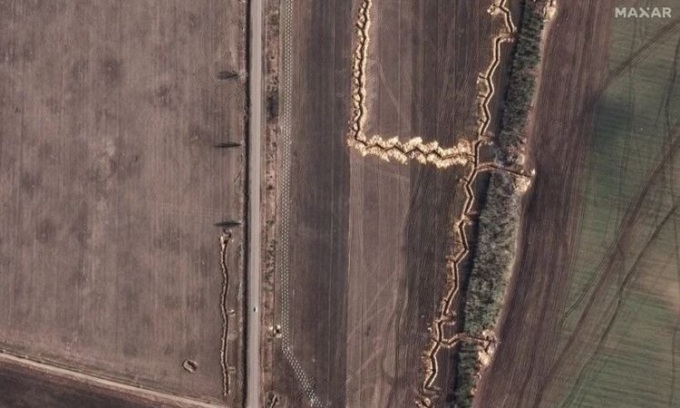
Trenches and defensive lines built by Russia in Zaporizhzhia province in satellite images released on April 12. Photo: Drive
However, that also required the Russian infantry in the trenches to hold out long enough for the mobile armored brigades to be able to quickly deploy reinforcements in large enough numbers.
If Ukrainian troops were to make it through the minefields, Russia would have to quickly send tanks and armored personnel carriers to the area in large numbers. This is considered a challenge for Moscow, which relies heavily on rail lines to transport troops and equipment.
Whether Russia has a fast enough reaction force is one of the big unknowns facing Kiev. If Russia is mobile enough and can move troops from one position to another, Ukraine will have a hard time breaking through its defenses.
Mark Cancian, a senior adviser at the Washington-based Center for Strategic and International Studies, compared the situation in Ukraine today to the Iran-Iraq war in the 1980s, when fighting took place in trenches, leaving the conflict in a prolonged stalemate.
Iraq then built a long battle line combining infantry in trenches with armored units and highly mobile Republican Guards in the rear.
Cancian said the Iraqi infantry held out long enough for reinforcements from the Republican Guard to arrive in armored vehicles, preventing the Iranians from ever breaking through their lines.
"The infantry must be good enough to hold the line until reinforcements arrive," he said. "That's the minimum requirement they have to meet."
Vu Hoang (According to WSJ )
Source link




![[Photo] Prime Minister Pham Minh Chinh launched a peak emulation campaign to achieve achievements in celebration of the 14th National Party Congress](https://vphoto.vietnam.vn/thumb/1200x675/vietnam/resource/IMAGE/2025/10/5/8869ec5cdbc740f58fbf2ae73f065076)



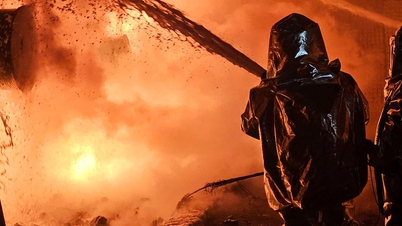



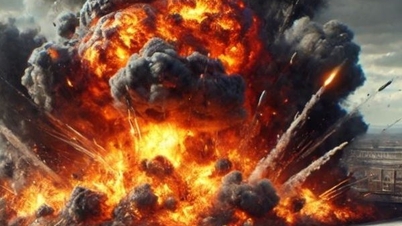








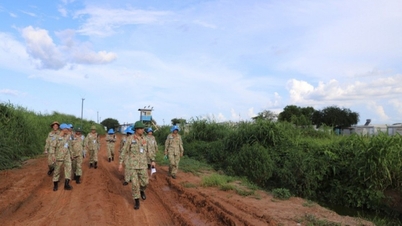


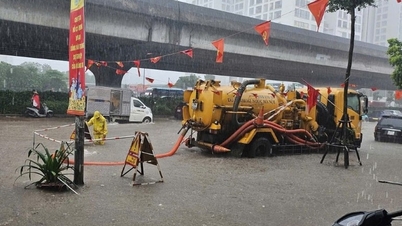
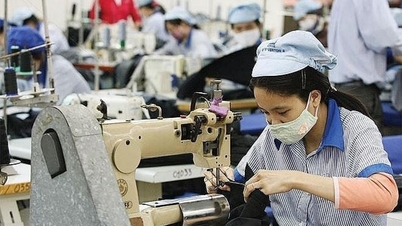











![[Photo] Bustling Mid-Autumn Festival at the Museum of Ethnology](https://vphoto.vietnam.vn/thumb/1200x675/vietnam/resource/IMAGE/2025/10/4/da8d5927734d4ca58e3eced14bc435a3)






















![[VIDEO] Summary of Petrovietnam's 50th Anniversary Ceremony](https://vphoto.vietnam.vn/thumb/402x226/vietnam/resource/IMAGE/2025/10/4/abe133bdb8114793a16d4fe3e5bd0f12)

![[VIDEO] GENERAL SECRETARY TO LAM AWARDS PETROVIETNAM 8 GOLDEN WORDS: "PIONEER - EXCELLENT - SUSTAINABLE - GLOBAL"](https://vphoto.vietnam.vn/thumb/402x226/vietnam/resource/IMAGE/2025/7/23/c2fdb48863e846cfa9fb8e6ea9cf44e7)














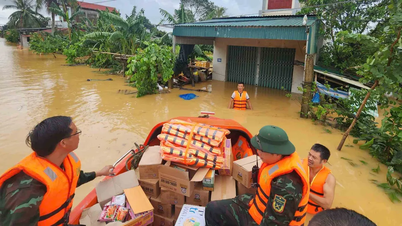
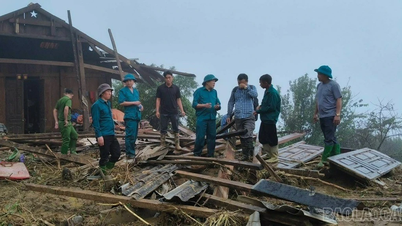



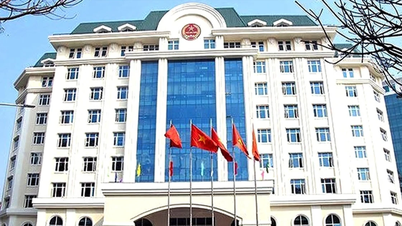
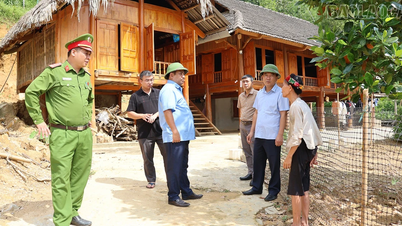
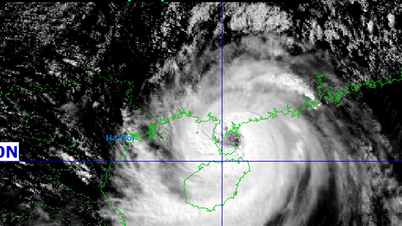














Comment (0)